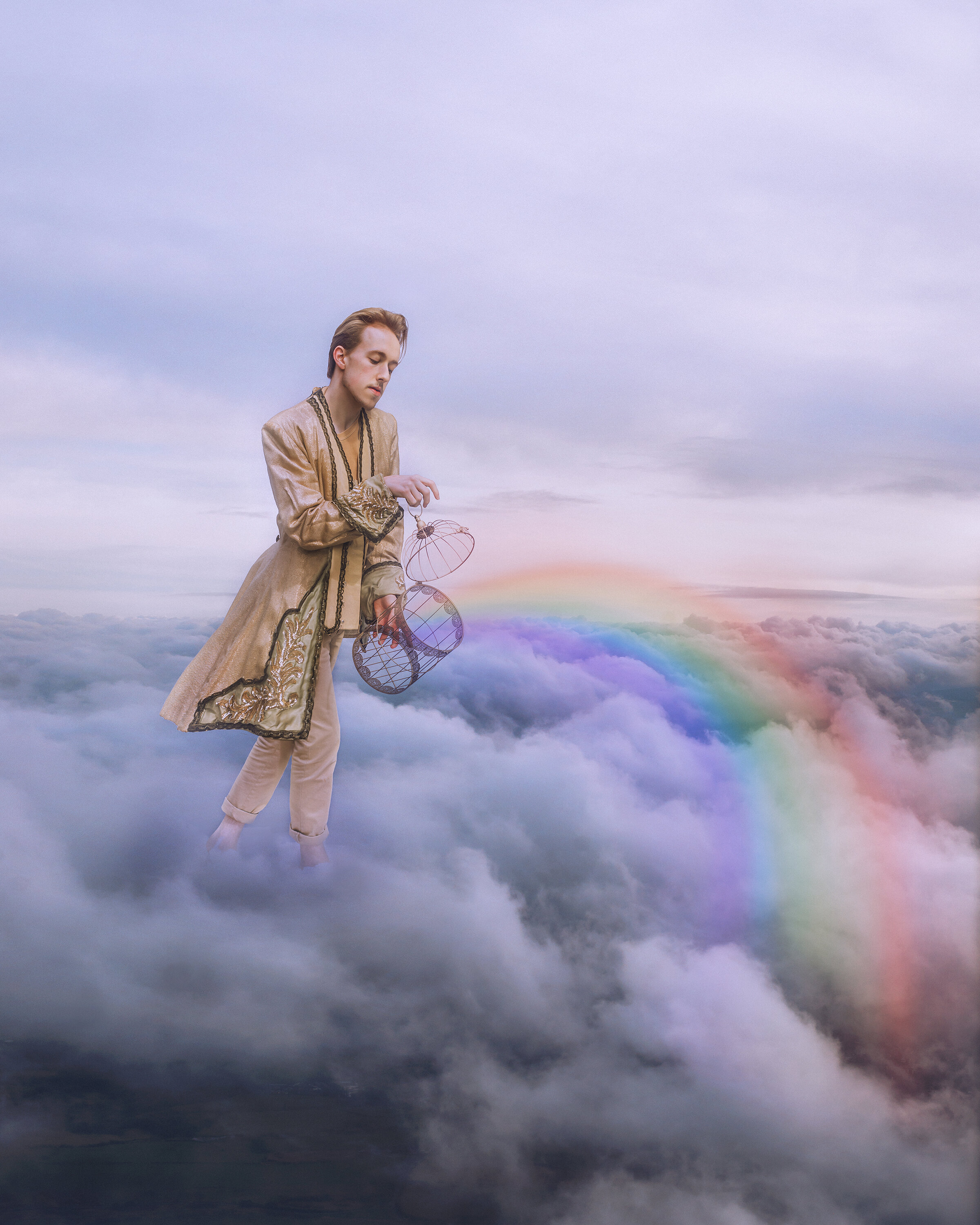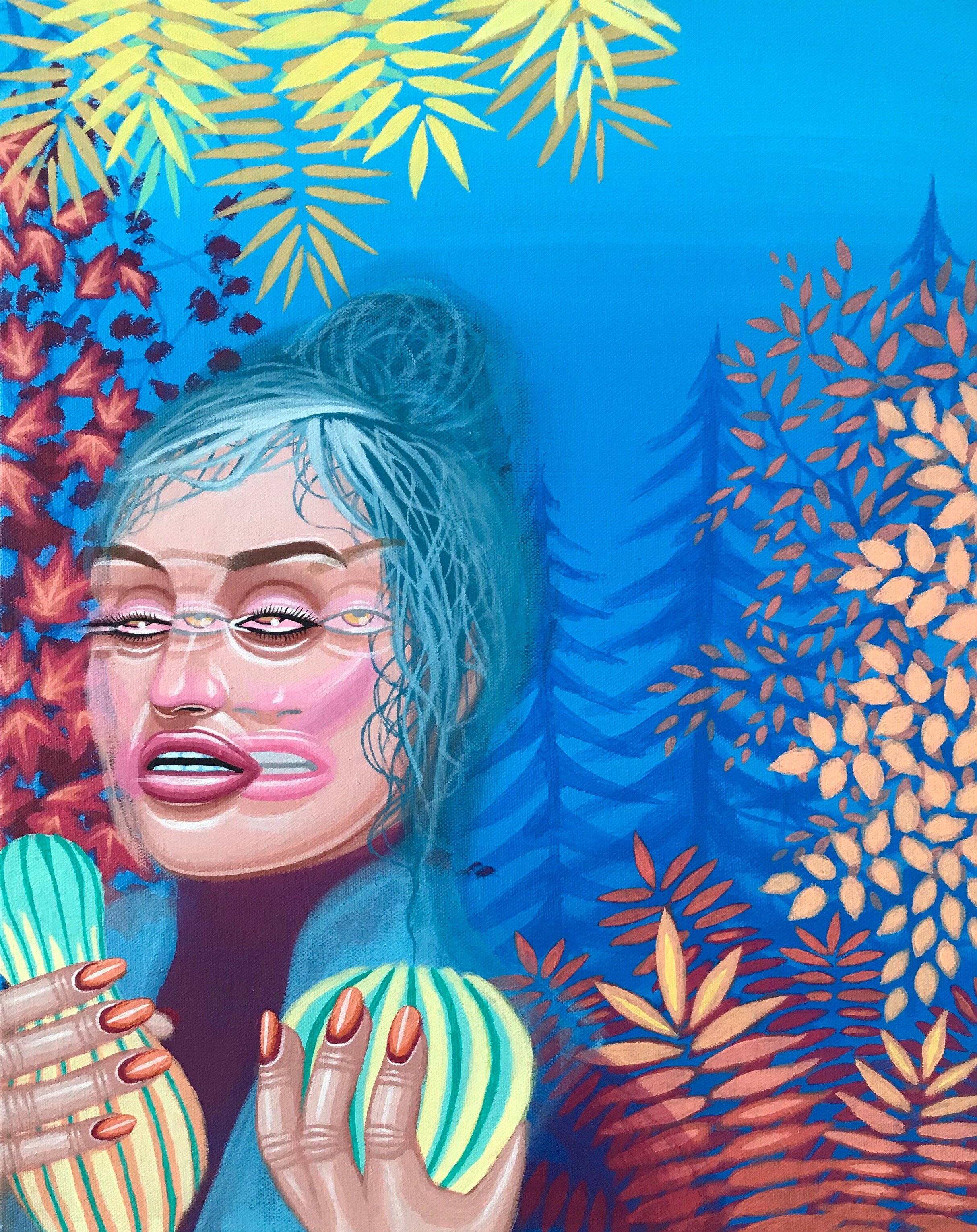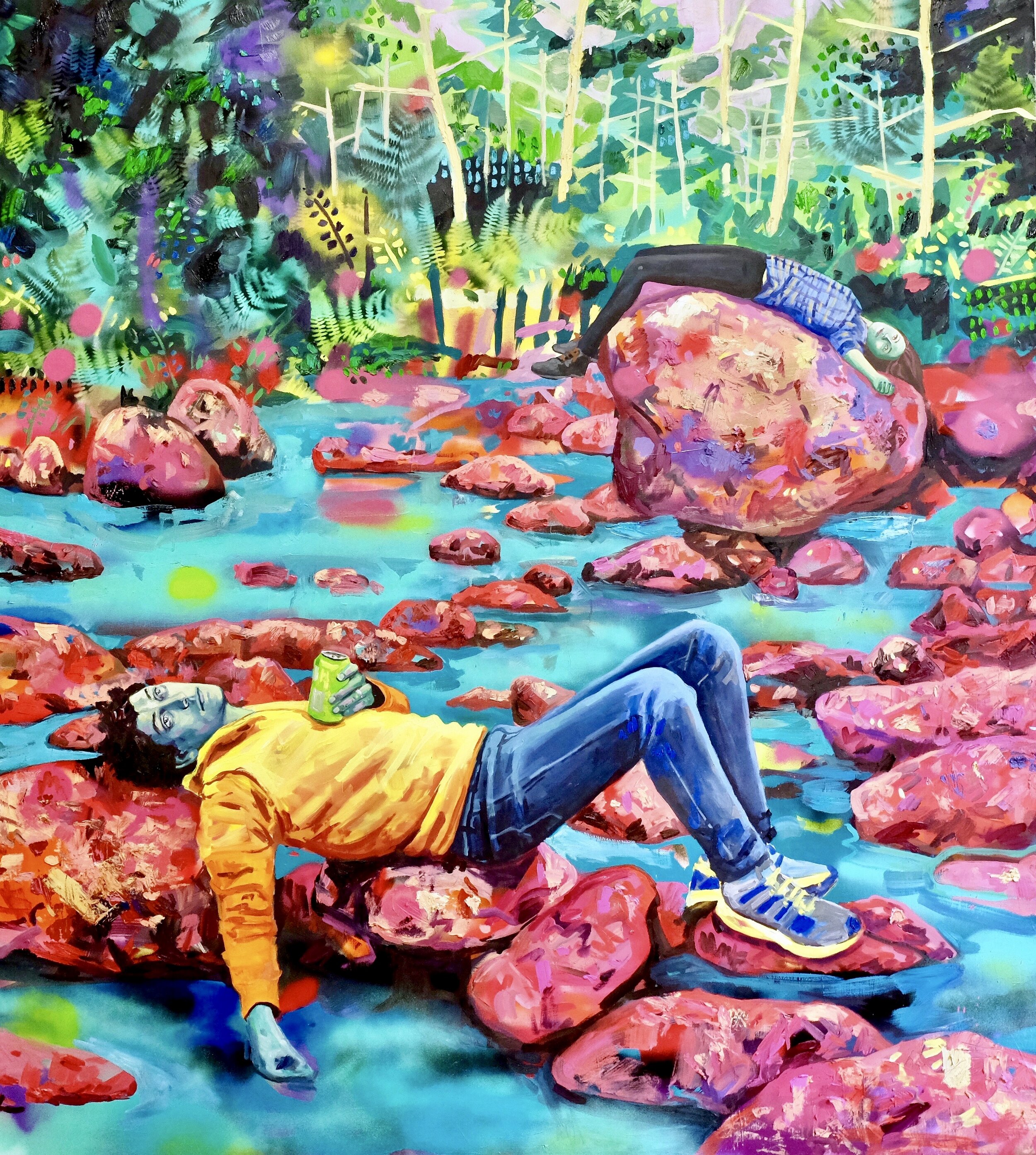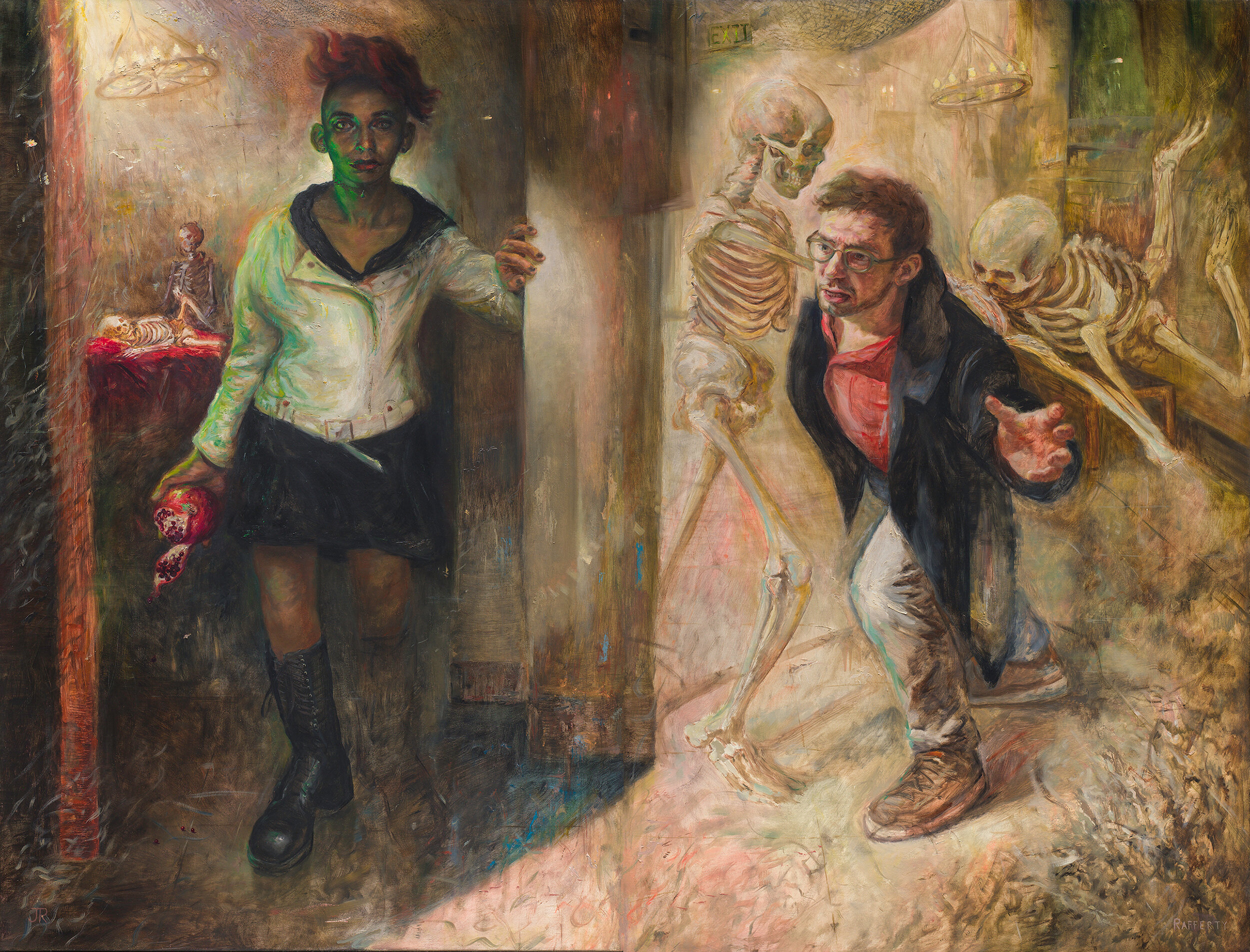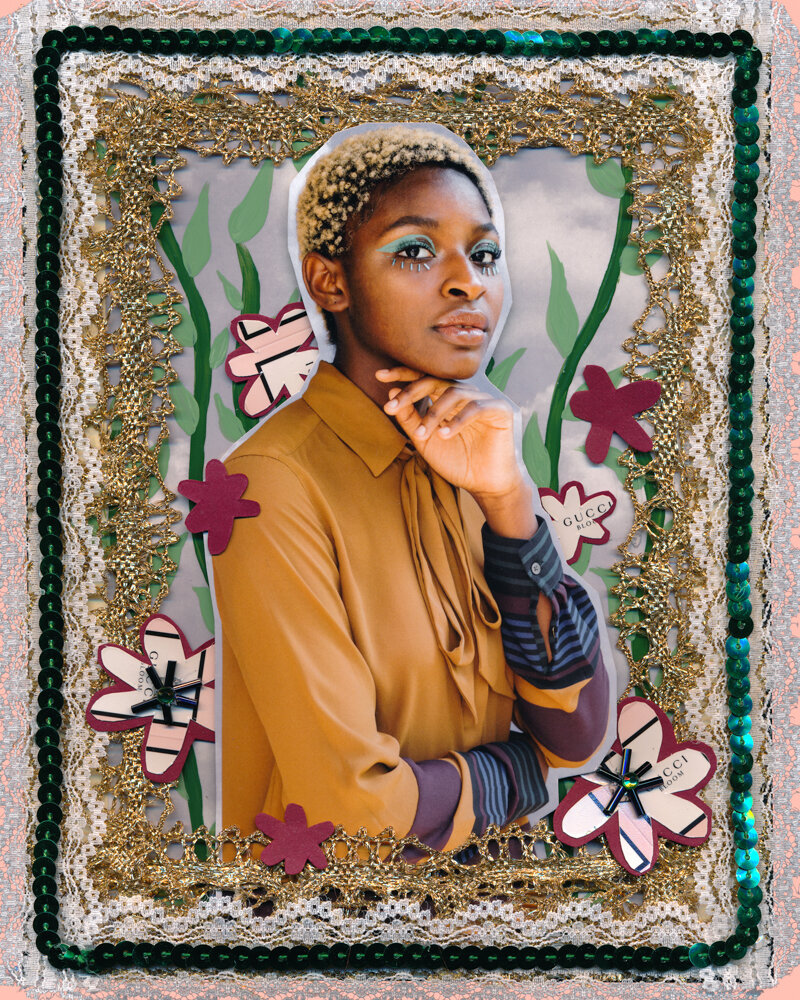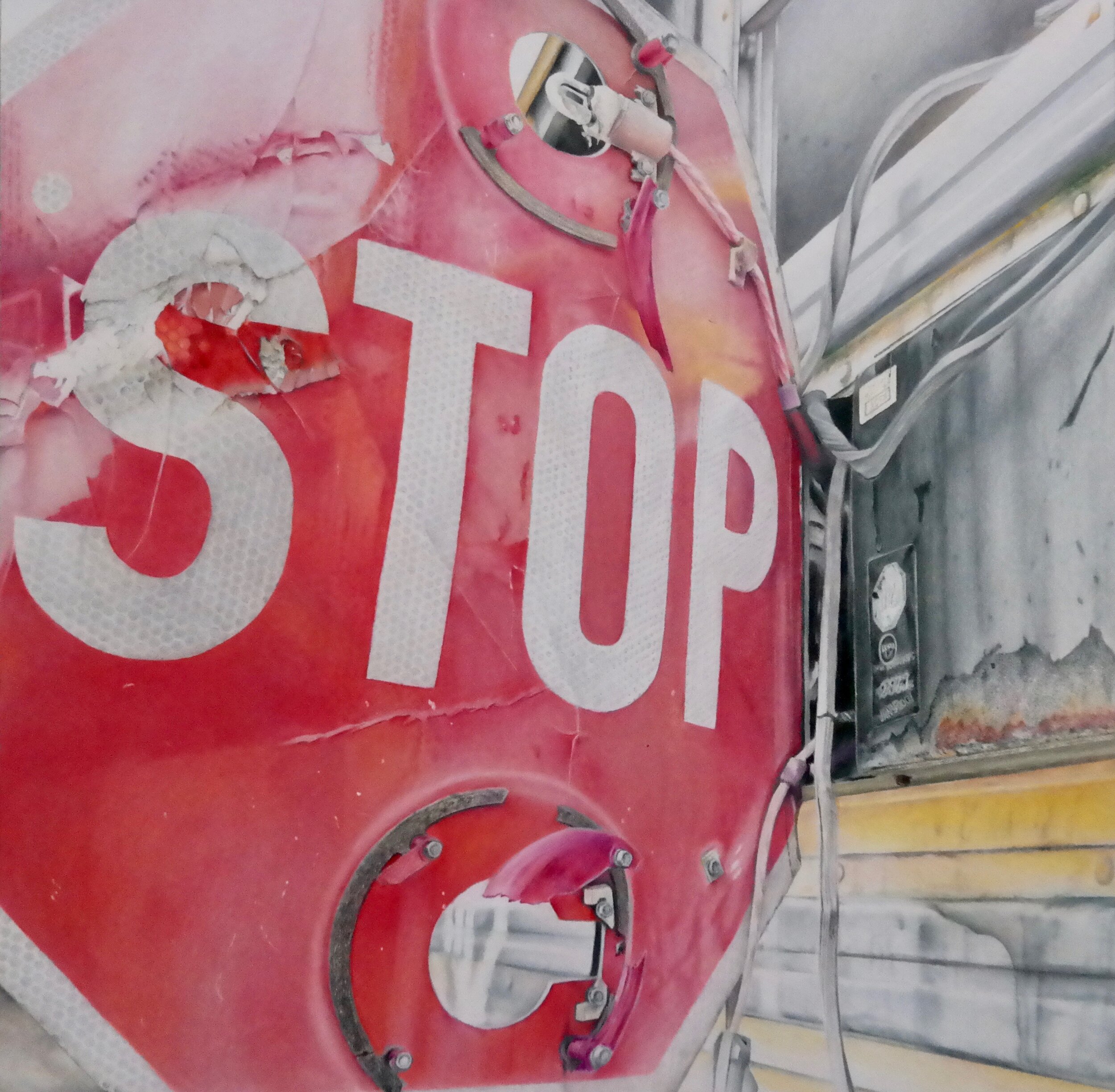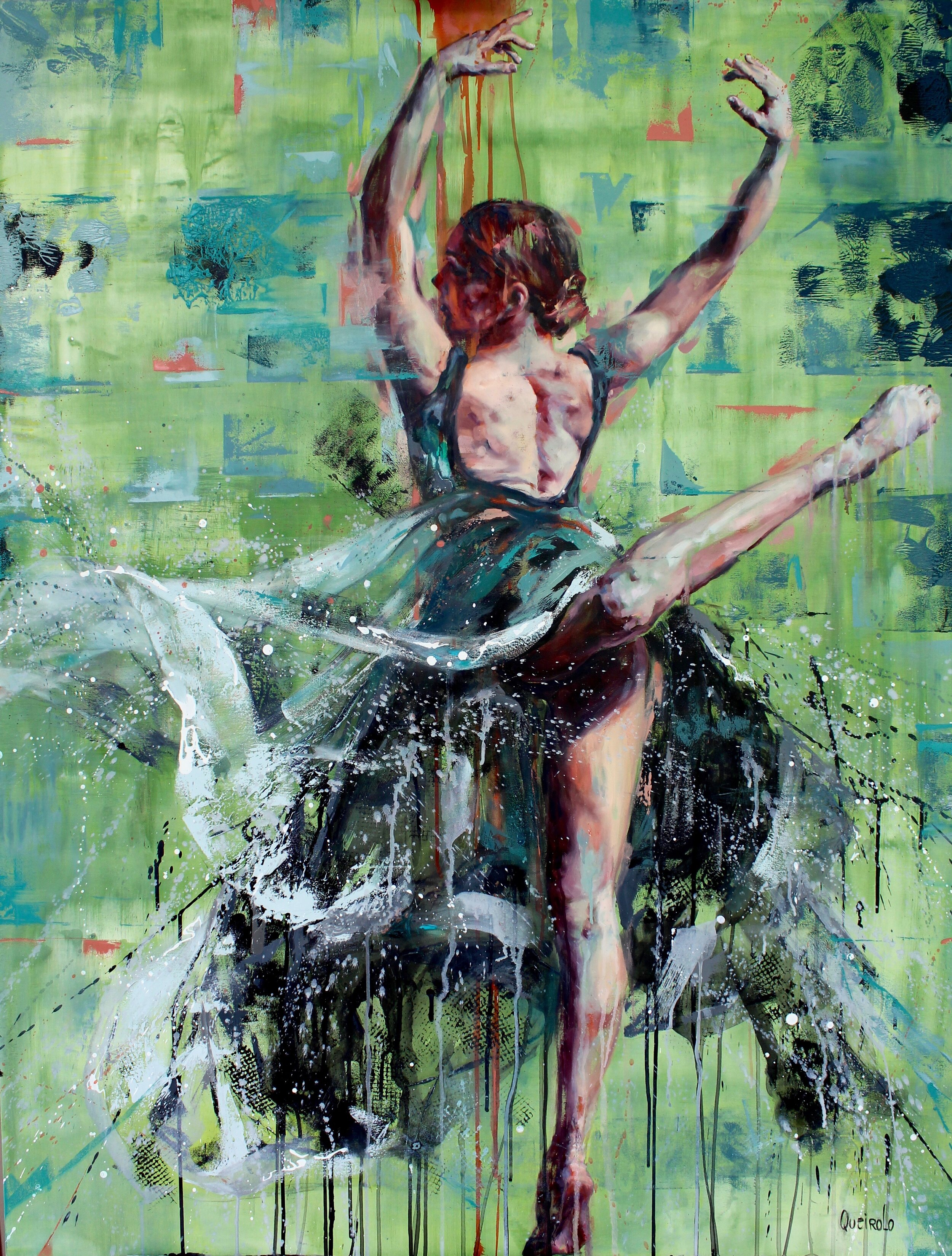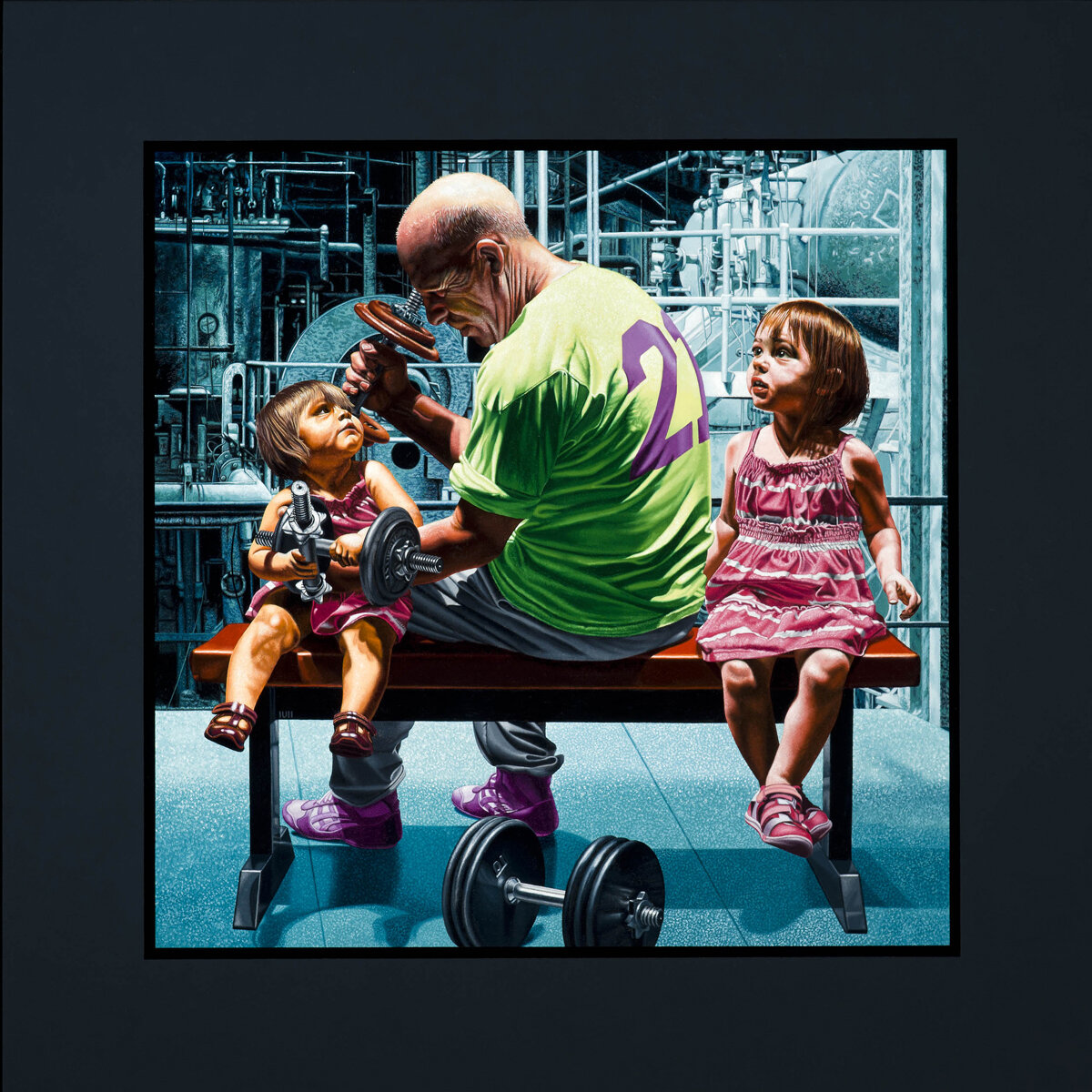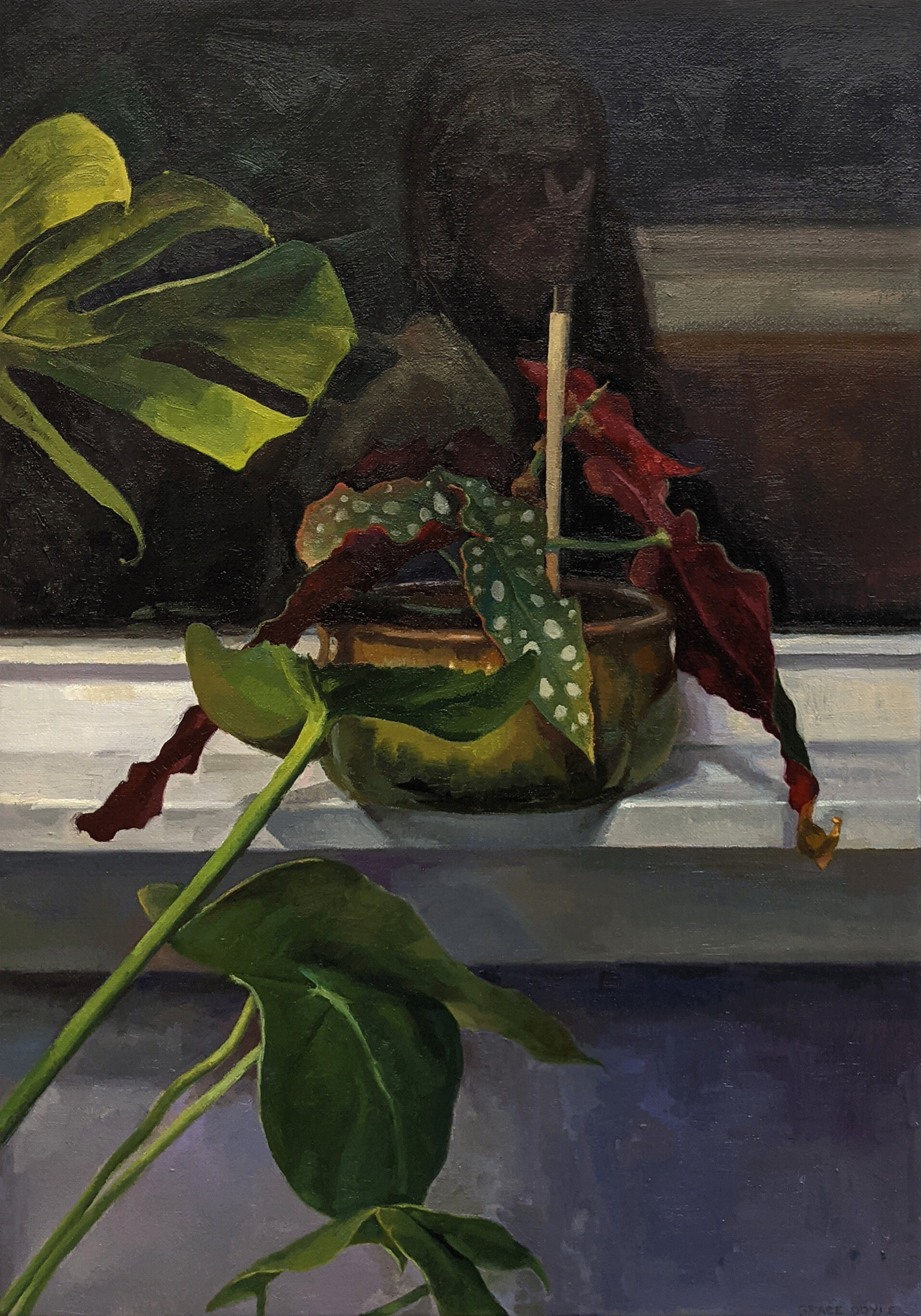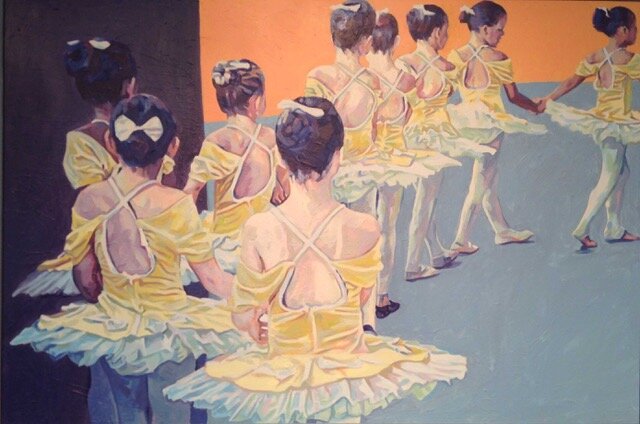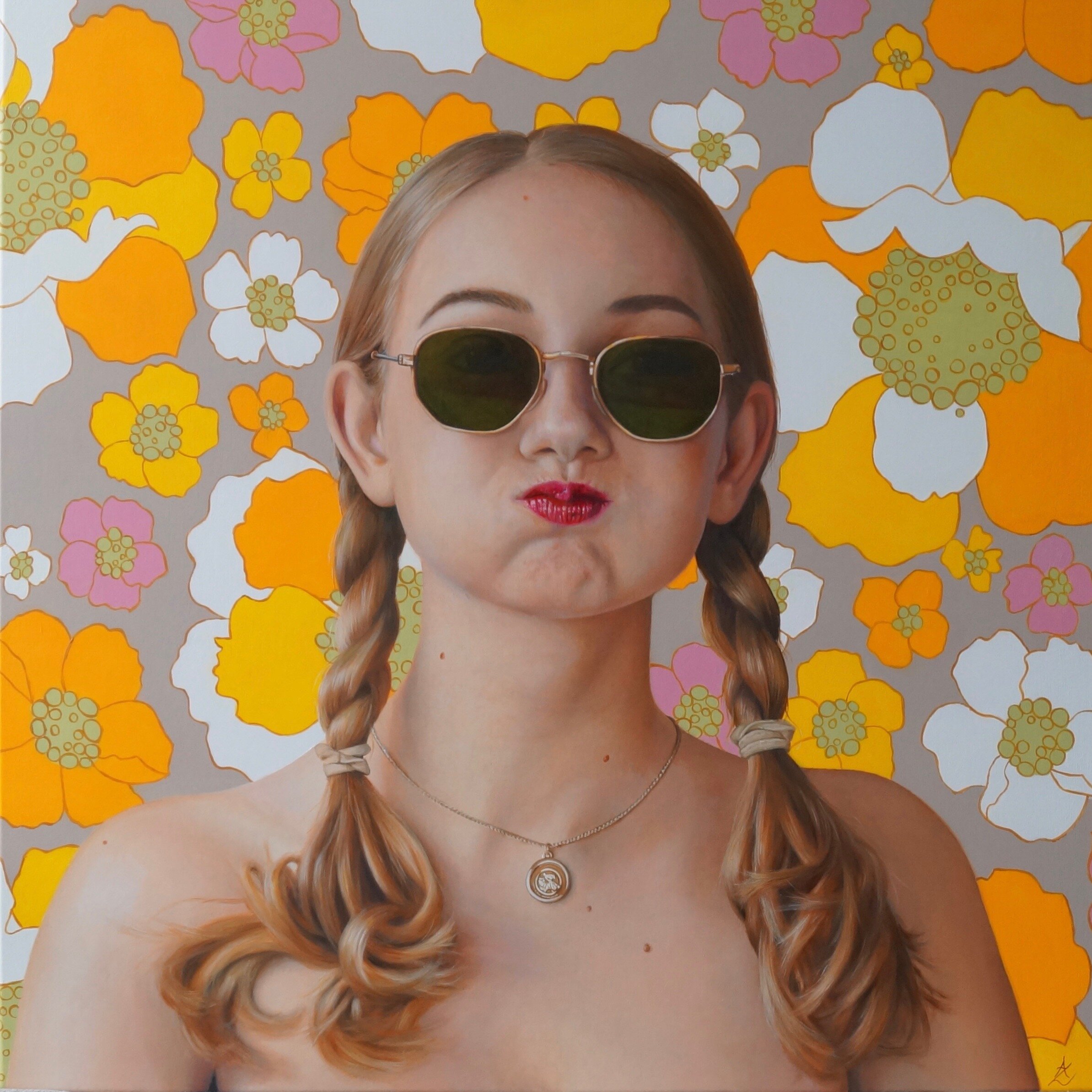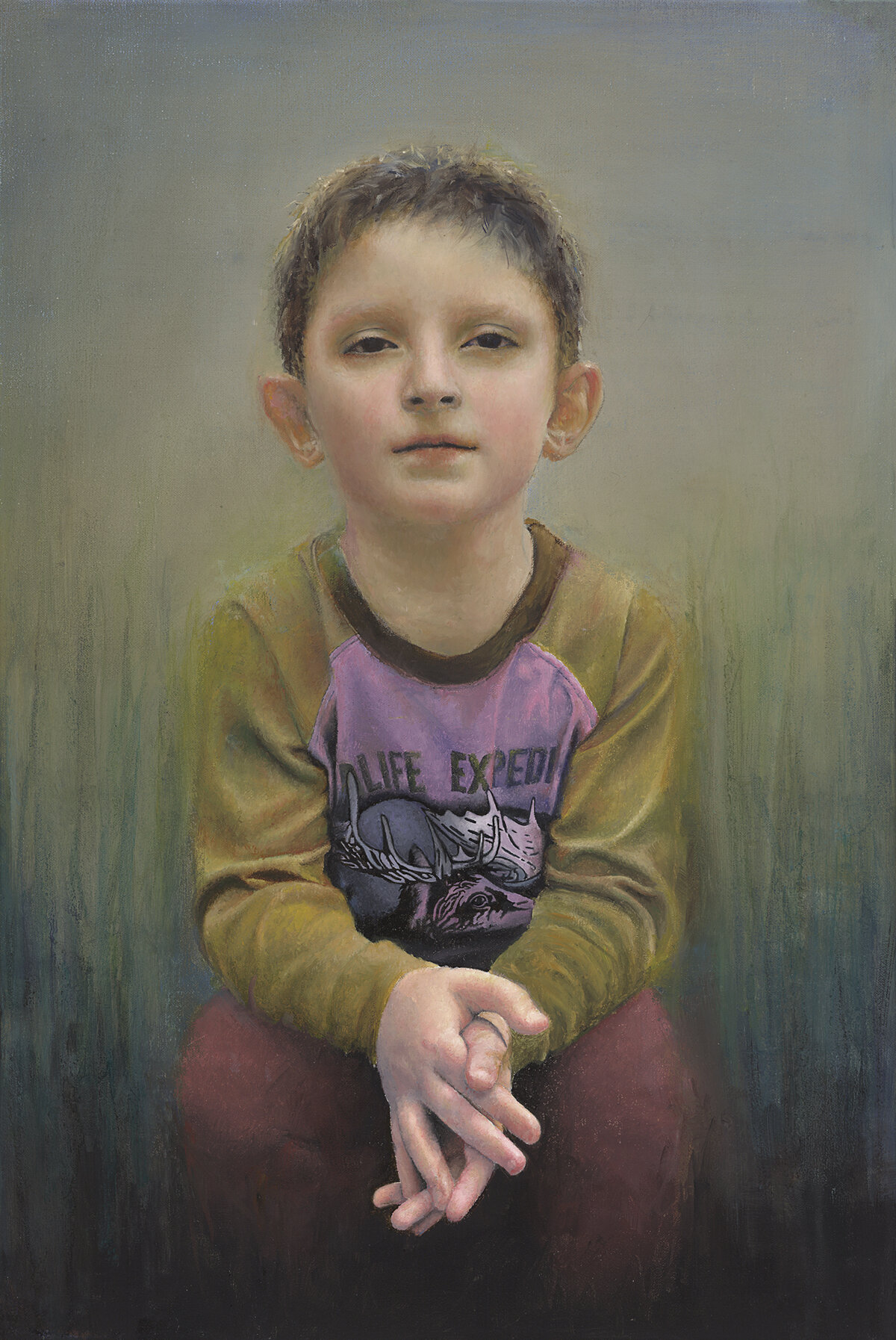20 Art Terms You Need To Know
Do you sometimes struggle to describe artwork or just love learning new useful and unique words? Well, these 20 are terms, if they haven’t already, will become a key part of your artistic repertoire and are sure to help you increase your knowledge of different techniques, movements, and general art history.
Action painting
This dynamic and spontaneous technique incorporates impulsive sweeps, splashes, splatters and dribbles of paint across a surface as opposed to a detail-oriented, careful application. The technique retained its popularity in the 1940s to the 1960s during the period in which abstract expressionism was celebrated. In 1952, Harold Rosenberg coined this term in his article entitled "The American Action Painters".
2. ABSTRACTION
This term is used to describe when art does not objectively or literally depict reality. Rather, artists make use of shapes, colours, forms, lines, and other elements to convey meanings. Abstract art dates back to the 19th century when artists diverged from reality and opted to focus on imagery.
Many artists enjoy simultaneously experimenting with abstraction and other techniques. For example, in his interview with Founder of Boynes Emerging Artist Award, Chantal Boynes, 2nd Edition Submitter Jason Rafferty shares his interest in the interaction between abstraction and figuration to create exciting, energetic pieces.
3. BINDER
This is an ingredient or substance in paint that holds the particles together. There are both organic and synthetic binders. Organic binders are composed of natural materials such as linseed and safflower oils which are alkyd or oil-based binders. Whereas, synthetic binders are made of materials such as acrylic polymer emulsion and polyvinyl acetate. Binders are used to enhance the experience with and performance of paint by making it more adhesive, altering the drying time and flexibility, allowing more gloss to be retained as well as being easily washable and scrub and fade resistance.
4. BRUSHWORK
Simply put, brushwork refers to an artist’s use of a paintbrush. There are many different types of brushwork such as the application of thick brushstrokes that entail building up the layers of lots of paint on the ground. Organic brushwork is another type that incorporates strokes that do not have a particular pattern, path, or sequence. You can also work with straight and linear brushwork which focuses on creating straight lines with a brush. Continually, when doing simplified brushwork, the artist doesn’t concentrate on details as much. The length of the brushwork can also alter the effect. For example, short strokes are often more choppy; whereas, long strokes are typically smoother and unbroken.
5. COLOUR THEORY
Understanding colour theory can truly ameliorate your artistic experience. So what is it you may ask? This theory examines the interaction of science and art with regard to the use of colour by categorizing colours into 3 groups, namely, primary, secondary and tertiary colours. Primary colours (red, blue, and yellow) are the base colour from which all other colours are created. For example, if you mix red and blue, we know you’d get purple. Secondary colours are created by mixing primary colours. Therefore, purple, orange and green are all secondary colours. To create tertiary colours, you combine primary and secondary colours.
Another key element of colour theory is colour temperature. Warmer colours such as reds, oranges, and yellows are typically associated with energy, vibrancy, vitality, and passion. Meanwhile, cooler colours such as blues and greens often depict peace, tranquility, and emotions such as sadness.
6. COMPOSITION
When we speak about the composition of a piece, we’re discussing the arrangement or organization of elements in the piece which includes 8 principles - unity, balance, movement, rhythm, focus, contrast, pattern, and proportion. Composition is very important as it is the factor that captures the attention of the audience. Unity refers to the cohesion and how the different elements in your work interact with one another. They should, as a whole or as a unit, merge seamlessly as opposed to looking out of place or odd together. Balance revolves around the symmetry of the arrangement. Symmetry can mimic order and a sense of unity. In addition, movement refers to where the viewer’s eyes are drawn to and their path across the focal points and elements such as lines, shapes, and colours in the artwork. With regards to rhythm, we know that rhythm in music is the underlying beat created by the notes. Well, in the context of art, all you do is substitute the notes for the organization of colours and shapes in the piece. Similar to movement, focus deals with the fact that the viewer’s eyes are often drawn to certain points in the artwork which are the focal points. It almost seems that everything else in the painting revolves around the focus. Focus can refer to a subject, design elements, a medium or a series. Contrast is another key principle which simply is any form of opposition within a piece for example in colours, textures and sizes. Pattern is the sequential repetition of elements or themes in art and lastly, proportion portrays the relationship between elements with regards to their size, quantity and ratio.
7. DISTORTION
Distortion describes the process of manipulating the original dimension and shape of artwork by stretching, compressing, twisting and lengthening it to create a surreal and novel effect. This technique is frequently used to convey emotions or an idea.
8. DOUBLE EXPOSURE
In photography, double exposure is a technique that involves the layering of one image but with two different exposures in order to evoke a surreal symbolic depth. Exposure measures the amount of light using the shutter speed and aperture of the lens.
9. FIGURATIVE ART
This art movement encompasses all forms of modern art and reflects the real world, the human condition and human and animal figures as the subject. Figurative art also holds key cultural and intellectual information embedded in it that portrays the way of life in different eras. This art style has a long history that can even be dated back to ancient times such as in the instance of a famous carved sculpture, found in Hohle Fels Cave in southern Germany, of a female figure using a mammoth tusk. Furthermore, when spoken about in general terms, figurative art can be used as a distinguishing quality between representational and abstract art.
10. Foreshortening
This is an art technique that produces the illusion of a 3D effect receding into the background. It causes the object to appear shorter and more compressed than the real image. Foreshortening is often used to represent what the eye would see if the viewer was at a distance from the object.
11. GOUACHE
Gouache is a French term used to describe an opaque, water-soluble paint. When you use it, the white of the ground will not show through because of the lack of transparency of the paint. Its emergence dates back to the 18th century. However, nowadays the meaning of this term has evolved to also refer to drawings created with body colour, another opaque, water-soluble paint. To make gouache, you would use a large portion of binder than used in watercolor and inert pigments in order to make the paint opaque. Artist and 1st Edition Finalist, Geraldine Simmons mainly uses gouache for fur detail in her work and finishing touches such as the glint in an eye.
11. GRAPHITE
The word “graphite” is derived from the Greek word γραφή (grafí̱) which means to write. It is a material and tool used for drawing. Graphite forms from the crystallization of carbon and produces a grey colour that intensifies with an increasing amount of force used. Due to its grey tones, many artists such as 3rd Edition Finalist, John Weiser, use it so that the viewer can look more deeply into the character depicted without being diverted from colours. You can find its natural, non-man-made form in Siberia, Germany, and America.
12. ICONOGRAPHY
Iconography studies the relationship between the subject and its imagery, meaning, or symbolism. The term has Greek etymological roots from the word ‘ikon’ which translates to ‘image’ in English. The relationship between subject and meaning can be direct or indirect meaning that the depiction correlates with the meaning or is not commonly associated with the meaning. For example, in the case of a painting of pearls, the pearls can symbolize tears meaning that the relationship is indirect as pearls innately do not have a connection to tears. Whereas, a drawing of a cross can symbolise Christianity producing a direct relationship.
13. mixed media
This term describes the use of more than one medium or material in an artwork. For example, in an interview with Founder of Boynes Emerging Artist Award, Chantal Boynes, 2nd Edition Finalist, Lucas Leon explains that he works explicitly with mixed media. His work incorporates both analogue and digital. For analogous, he illustrates the lines and Pointillism with ink, then scans it and paints it with digital print.
14. MEDIUM
In art, a medium can refer to three things - firstly, the type of art such as drawing, painting, photography. It can also refer to the material or ground used, for example, linen, canvas, wooden panel, and thirdly, a medium is a substance applied to paint that alters the nature and properties of different paints such as retarding mediums which lengthen the drying time of fast-drying paints such as acrylics.
15. motif
In visual arts, a motif is a distinguishable recurring element, theme, or pattern in the artwork. It connects pieces by creating a common thread. In other definitions, ‘motif’ can equally signify the subject of a piece. This element is commonly seen in Islamic designs and retained its popularity amongst artists such as Philip Guston who often used symbols such as lightbulbs like in “Painting, Smoking Eating” and throughout some of his other works.
16. MINIATURE
This type of art refers to an extremely detailed, minuscule dimensional piece. Now, miniature art does have some rules as to what qualifies and what does not. Firstly,
17. NARRATIVE
Narrative art is art that relays a story alluding to a specific moment in time or a course of events that take place over a period of time. This type of art, like many others, is a wonderful technique for cultural transmission and socio-cultural and historical and political awareness. Narrative was notably popular during the Victorian Era and in the 20th century when it was used to portray mythology, religious practices and beliefs, and legends.
18. PERSPECTIVE
This art technique allows artists to manipulate depth, space and illusion in order to create a 3D effect on a flat 2D surface. This is achieved by extending the depth of a piece so that the parallel lines which never actually meet, appear to join when viewed from a distance. The art world saw the emergence of linear perspective in early 15th century Italy. Alongside linear perspective is aerial or atmospheric perspective which utilizes the notion that from a distance, the atmosphere seems to become bluer. In perspective, distance plays a great role as they indicate to us that point of view can visually alter the appearance of objects.
19. photorealism
In photorealism, an image is reproduced as precisely and realistically as possible using another medium with great attention to detail. Photorealism dates back to the 1960s and was particularly popular in Europe and America. 1st Place Winner in the 2nd Edition, Jesse Lane focuses on photorealism when working entirely in coloured pencil and he noted in his interview with Chantal Boynes the benefit of the precision achieved with this painting style.
20. Plein air
Plein air is a French term that means ‘outdoors’, ‘outside’, or ‘in the open air’. When used in the context of art, this term depicts the act of painting or drawing a complete image outdoors. It is a great way to find inspiration from the natural world around us, especially when creating a landscape image. As a result of the natural element incorporated by being outside, this approach coincides with naturalism, an intellectual and artistic movement that emerged in the late 19th century and was based upon the principles of natural science. Plein air is also associated with Impressionism and its development is attributed to the English landscape painter, John Constable.
We hope that you were able to find some new terms to expand your artistic vocabulary and also to reinforce what you already know because discovering the linguistics behind art is just as exciting as the art itself!
